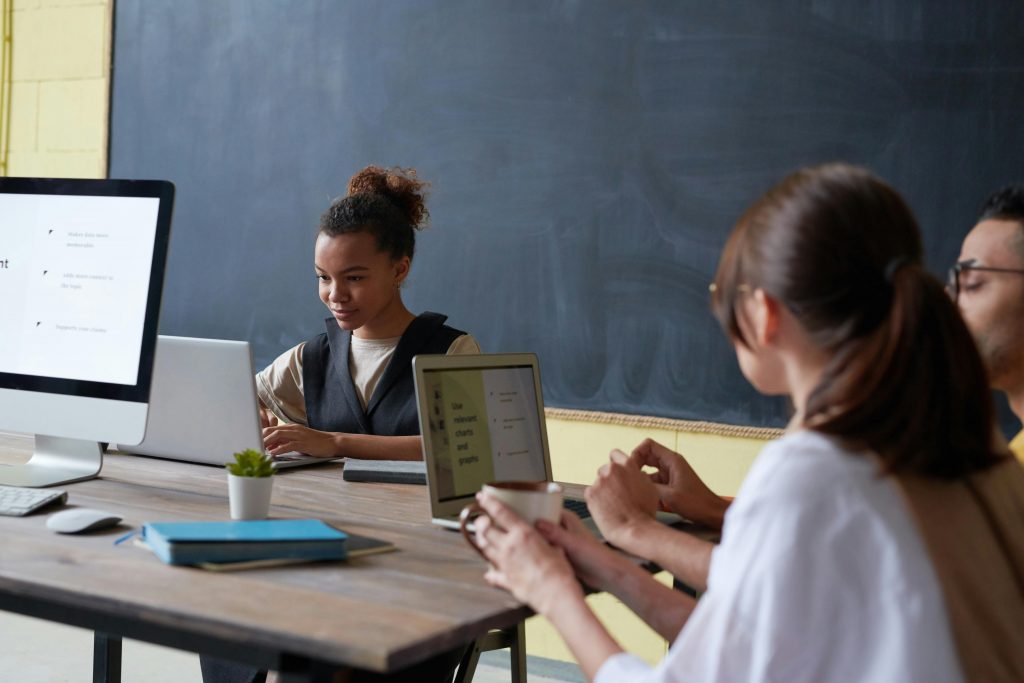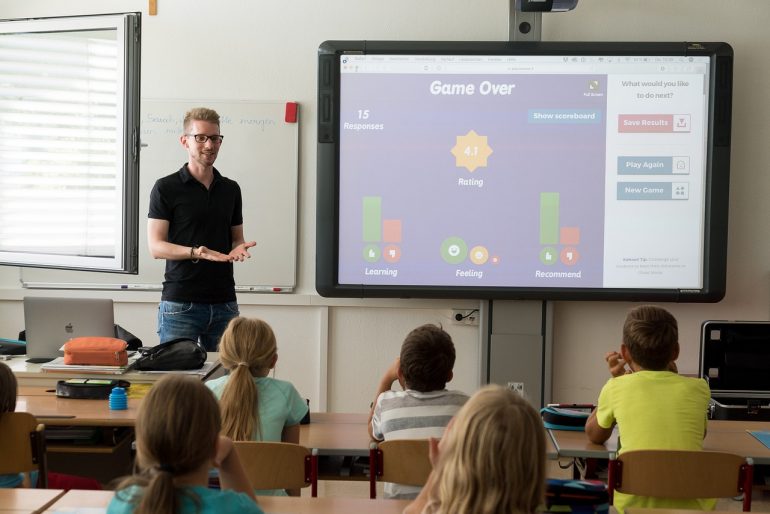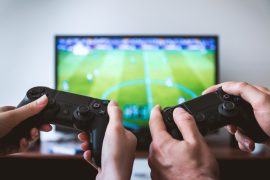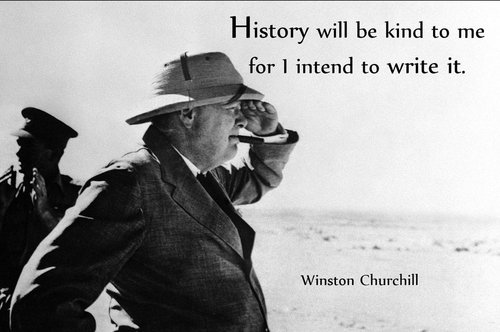In the ever-evolving landscape of education, creating an environment conducive to learning is of paramount importance. A well-equipped classroom can make a significant difference in engaging students and facilitating effective instruction. With this in mind, let’s delve into the essential items every classroom needs to foster a proper education environment. This guide will provide a comprehensive list of must-have items in every classroom, from elementary to high school levels.
The Right Furniture
A fundamental component of any classroom is the furniture it houses. This includes not just desks and chairs, but also storage units, library shelves, and sometimes, specialty furniture like lab tables or art easels. The right furniture should be subject-specific and should cater to the needs of students based on their grade level. For instance, lab stools for science classrooms cater to flexibility and movement, while kindergarten classrooms need tables and chairs in different sizes to accommodate their students’ varying heights. This ensures that students are comfortable and can focus on their studies rather than being distracted by discomfort or inadequate seating arrangements. When selecting furniture, durability, and functionality should also be considered to ensure longevity and practicality.
Interactive Whiteboards and Projectors
Interactive whiteboards and projectors have become indispensable tools in the classroom. They facilitate dynamic, engaging lessons by bringing images, videos, and interactive content to life right before students’ eyes. With these tools, teachers can illustrate complex concepts understandably and engagingly, fostering a deeper level of comprehension among students. Interactive whiteboards allow for real-time editing and manipulation of the visual content, making the learning process more participative.
Projectors, on the other hand, are versatile tools that can display everything from PowerPoint presentations to documentaries, providing visual reinforcement to the traditional lecture. It’s important to note that the choice between interactive whiteboards and projectors would depend on the school‘s resources and the specific needs of the classroom.
Diverse Learning Resources
Educational resources are another critical component of a well-equipped classroom. Having a diverse array of learning materials caters to different learning styles, thereby promoting inclusivity and ensuring every student can thrive. Traditional resources like textbooks and workbooks should be complemented with digital resources such as educational software, e-books, and online databases.
Interactive learning tools, such as educational games and puzzles, can also contribute to an engaging learning environment. It’s essential to include sources that promote critical thinking, creativity, and problem-solving skills. Providing access to different types of resources not only enriches the learning experience but also helps to prepare students for the demands of the 21st-century world. Whichever resources are chosen, they should be updated regularly and aligned with the curriculum to ensure relevance. This will also enable teachers to supplement their lessons with relevant and current material.
Organizational Tools
Organization is a key aspect of a well-functioning classroom. It encourages productivity, minimizes distractions, and creates a safe and efficient learning environment. Organizational tools such as cubbies, bookshelves, and filing cabinets are essential for managing supplies, assignments, and other classroom materials.
Color-coded bins can be used to sort items by subject or student, making it easy for students and teachers to find what they need. Furthermore, label makers can aid in maintaining order and ensuring each item has its designated place.
Bulletin boards and chart stands can serve as central information hubs for displaying announcements, and schedules, or showcasing student work. Additionally, digital organizational tools, such as online calendars or project management apps, can be used for planning lessons, tracking assignments, and communicating with students. Implementing these tools effectively can foster a sense of responsibility among students and streamline classroom operations.

Art Supplies
Art supplies are an often-overlooked, yet essential part of a comprehensive classroom. Creativity plays a crucial role in child development, and art supplies provide an avenue for students to express themselves, enhancing their cognitive skills and fuelling imagination. Basic art supplies such as colored pencils, paints, sketchbooks, and craft paper should be readily available. More specialized items like clay for sculpting, fabric for textile projects, and a variety of craft items like beads and feathers can be included based on the age and skill level of students.
Several studies have shown that using art supplies in the classroom can help students better understand complex topics, as they can draw, model, or craft representations of what they are learning. Hence, having a wide range of art supplies not only contributes to a versatile learning environment but also supports a more comprehensive understanding of various subjects. Get creative and encourage students to think outside the box with different art materials. In addition, these supplies can also be used for various school events and projects, making them a valuable investment.
Comfortable Reading Nooks
Reading nooks are another essential feature that every classroom should consider incorporating. These cozy corners serve as a quiet, comfortable space where students can dive into a book and enhance their literacy skills. Equipped with soft seating options like bean bags, cushions, or lounge chairs, and surrounded by bookshelves filled with a variety of literature, these nooks can become a sanctuary for students, encouraging a lifelong love of reading.
They provide an inviting atmosphere that fundamentally differs from the traditional desk-and-chair setup, offering a change of scenery that can help students focus and stimulate their imagination. Care should be taken to place these nooks in well-lit areas or provide adequate lighting, ensuring students can read comfortably without straining their eyes. Reading nooks aren’t just spaces for individual silent reading; they can also serve as locations for small group discussions or one-on-one sessions with teachers, further enhancing their utility in a classroom setting.
In conclusion, a well-equipped classroom should cater to the diverse needs of students, promote engagement and creativity, and facilitate efficient organization. These six essential items contribute to creating an optimal learning environment that can positively impact students’ education journey. As we continue to evolve in our approaches to education, it’s vital to continuously assess and update the resources available in our classrooms to provide the best possible learning experience for our students. So, in addition to these six items, be open to exploring and incorporating new tools and resources that can further enhance the educational experience for both teachers and students.





